“It was about listening to as many people as possible and then doing exactly the opposite”

Libelium CEO and co-founder Alicia Asín
As co-founder and CEO of Spanish sensor network company Libelium, Alicia Asín is at the forefront of an internet of things (IoT) revolution that is being embraced by industries ranging from agriculture and healthcare to utilities and heritage preservation. She tells her story to NS Business.
How Alicia Asín started Libelium by ‘breaking the rules’
We started in 2006. The company was motivated by the master thesis in mass protocols my co-founder David Gascón was taking in London.
He came up with this idea of creating a company that could take advantage of that.
Our story started with the strong feeling of being at the cliff-edge of a new digital revolution.
When it came to transforming that feeling into a product, it was about listening to as many people as possible and then doing exactly the opposite.
We broke three rules. Number one was don’t do hardware. In 2006, everyone had to make an app but definitely not hardware.
The more people who told us not to do hardware, the more sense we felt it made to go into that market.
At that time, the IoT wasn’t even a term. We thought if we needed to digitalise a whole world, then some network infrastructure would be required.
The second rule we broke was don’t go horizontal, go vertical. If you decide to create hardware, it’s like paying a toll just for owning that vertical.
For us, it was very risky. The idea has proven to be a very immature market, even though it’s been going for nearly 15 years.
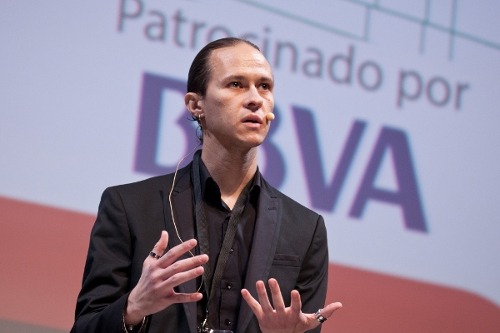
Thirdly, everyone was advising us to raise capital. Not that we have anything against venture capital firms, but it was just that we never found the right match in balancing the resources, talent and other things they could bring into the project.
So we’re still two co-founders each owning 50% of the company. It’s one of the simplest ownership structures in tech. We’re based in Zaragoza and have 55 staff.
Alicia Asín on Libelium’s business plan
Because we were creating physical things in a horizontal market, and coming straight out of university, we were linked to university researchers and open-source communities.
That’s the way we’ve conceived a development platform and by making a tool that enables another one to do things, we can place our technology anywhere.
Ninety-nine percent of our revenue comes from international markets as we have customers in 140 countries.
Examples of our work can be found in smart agriculture, industrial IoT, smart cities, smart water, smart parking, retail and heritage preservation.
The initial vision of the company has remained pretty intact, except for the fact we’re now looking at ourselves from a broader perspective.
We’re still a horizontal company and that means we have a broader ecosystem of companies to work with.
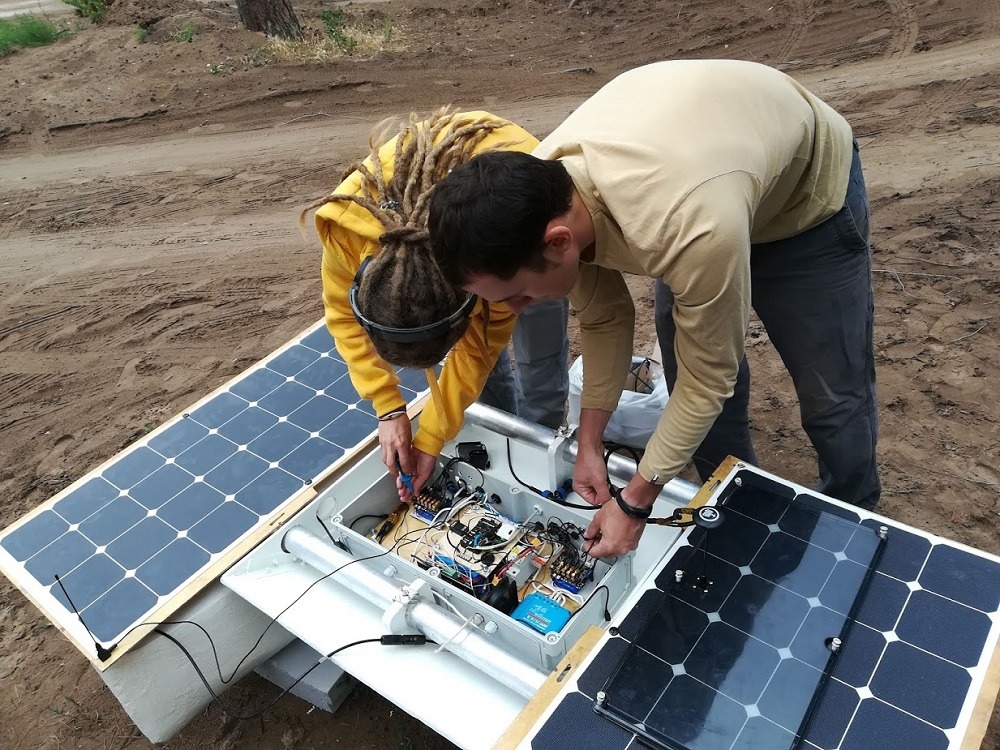
In the past 18 months, we’ve pivoted towards offering more services and software products, plus being more customer-centric.
In all our projects, we have sensors to monitor things like humidity, temperature and air quality.
We also develop communication protocols that are key to the IoT, such as 4G and Bluetooth, and then information systems that collect all the data to be analysed and displayed on the dashboard.
Those three key elements are present in any IoT device and we integrate all three. The result is a device on which we can change the information protocol.
Libelium’s work in agriculture
We have four main verticals – agriculture, water, smart cities and smart parking. Then we have all the rest, which are projects like preserving heritage, industrial IoT, smart retail and smart environment – which might be anything like monitoring the behaviour of koalas or the evolution of volcano eruptions.
This last group shows how IoT is still a fragmented and opportunity-driven ecosystem.
All those projects happen because they have this technology to make them happen right now. It’s just battery-powered sensors that can be wirelessly connected – and that’s the main revolution of IoT.
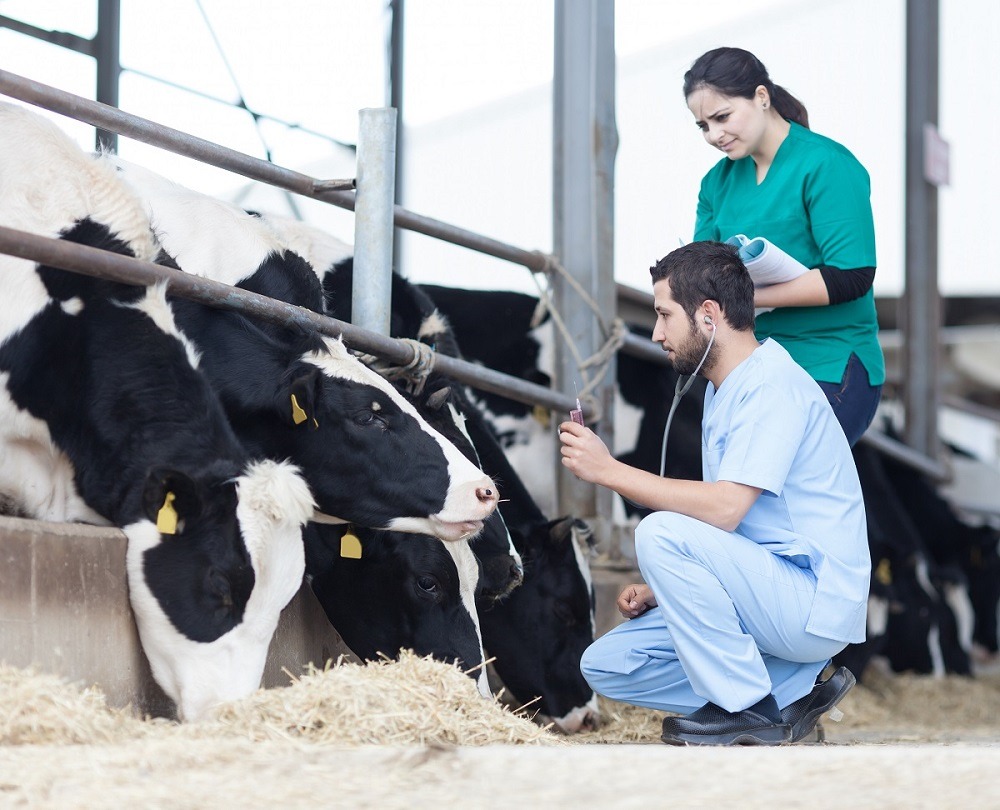
Agriculture is one of the most important verticals to us. In this new digital revolution, agriculture is the least “technified” market.
You have to deal with connectivity and battery power issues. Until we had battery-powered, wirelessly-connected devices, it was very tricky to take all those measurements in a field.
There’s been a cut in prices for this technology. I remember 15 years ago, the technology available to farmers was very expensive – you’d have to spend €10,000 for a single connection point in a field.
Then there’s the slope of the area – facing north or south means totally different measurements.
So in some cases we see some resistance to introduce this technology because it’s easy to add it into high-value added crops like fruit or cereals, or big extensions of fields.
In Spain, the agriculture system is very small portions of land separated by different owners, which makes it very tricky to make investments.
One of the most recent case studies involved monitoring environmental conditions on a dairy farm in Russia, which helped to increase daily milk production by 18%.
We fixed our sensors to posts and they fed into the cloud-based analytics platform Smart4Agro.
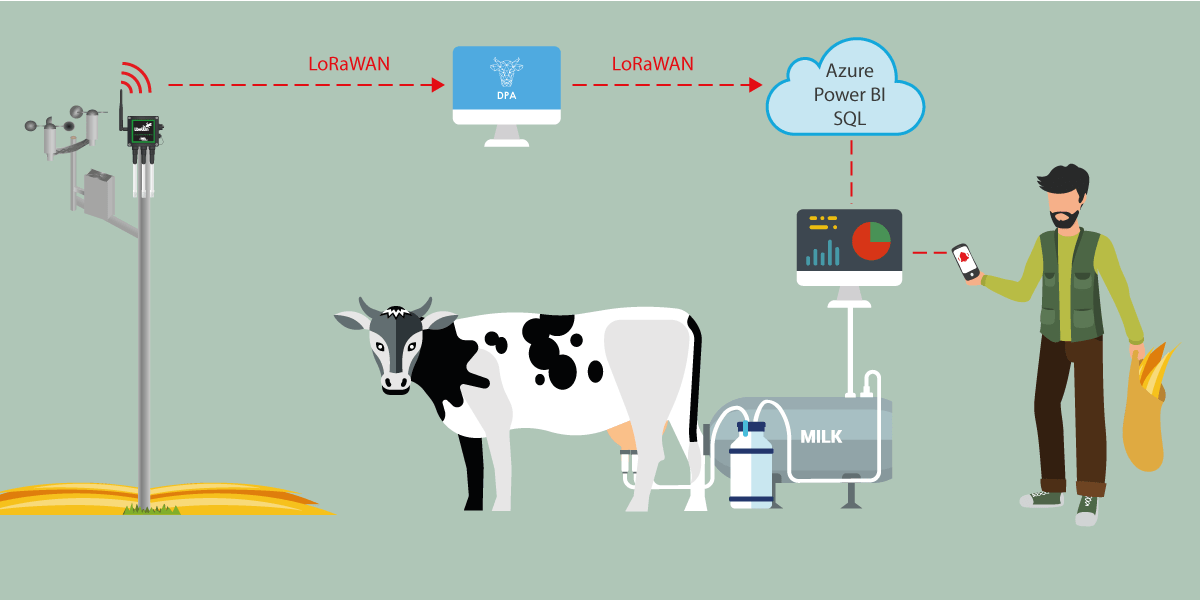
This allowed Russian digital transformation company ALAN-IT to understand the correlation between factors such as temperature, humidity, air pressure and cow health alongside yield.
Other use cases have included using IoT to keep the water in fish farms clean, reducing water use on a farm by learning the best times for irrigation, and increasing the efficiency of fertilisers.
Other industries Libelium works in
We’re also working with lighting companies that are trying to create smart street lights that can integrate with other environmental sensors.
Water is a very broad vertical for us. We’ve done projects to pre-empt river floods in South America by monitoring how river levels are increasing and then triggering alarms just in time to make sure there’s no damage.
There’s also measuring water quality as we’ve done in Vietnamese fish farms to stop the farmers from losing 40% of fish, and therefore increasing their income, as well as on the Volga River in Russia by fitting sensors to drones.
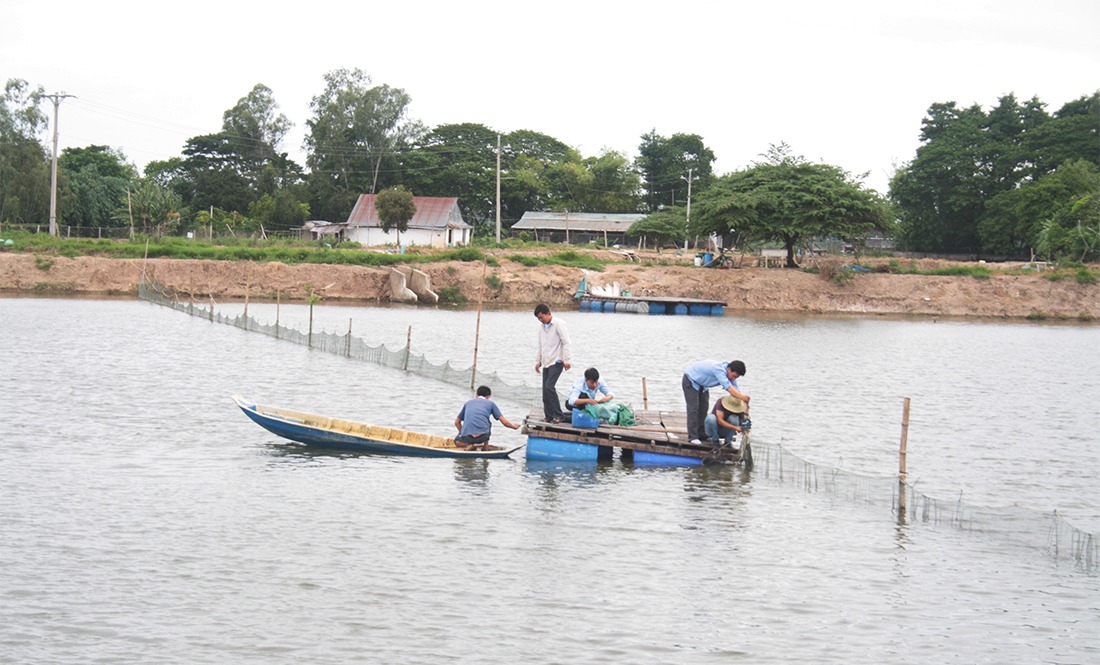
In healthcare, we’ve used sensors to correlate pollution levels in playgrounds with children’s asthma.
We found that at hours when traffic is at its peak, you’re more likely to have an asthma attack.
IoT technology can also contribute to preserve historical and artistic heritage by connecting the physical and digital world through sensors that send information to the internet and allow researchers to establish important conclusions for future conservation.
This research allows us to understand and predict the relationship between climate change and the behaviour of potential instabilities in locations such as a cliff that had been eroding near Tutankhamun’s tomb in the Valley of the Kings, Egypt.
Researchers from York University, in Canada, and Switzerland’s University of Zurich assessed the correlation in variations between air and rock temperatures, air and ground humidity, and solar radiation.
The natural way to think is that certain temperatures create certain levels of apertures and, when you go back to the original temperature, you also get the original crack longitude.
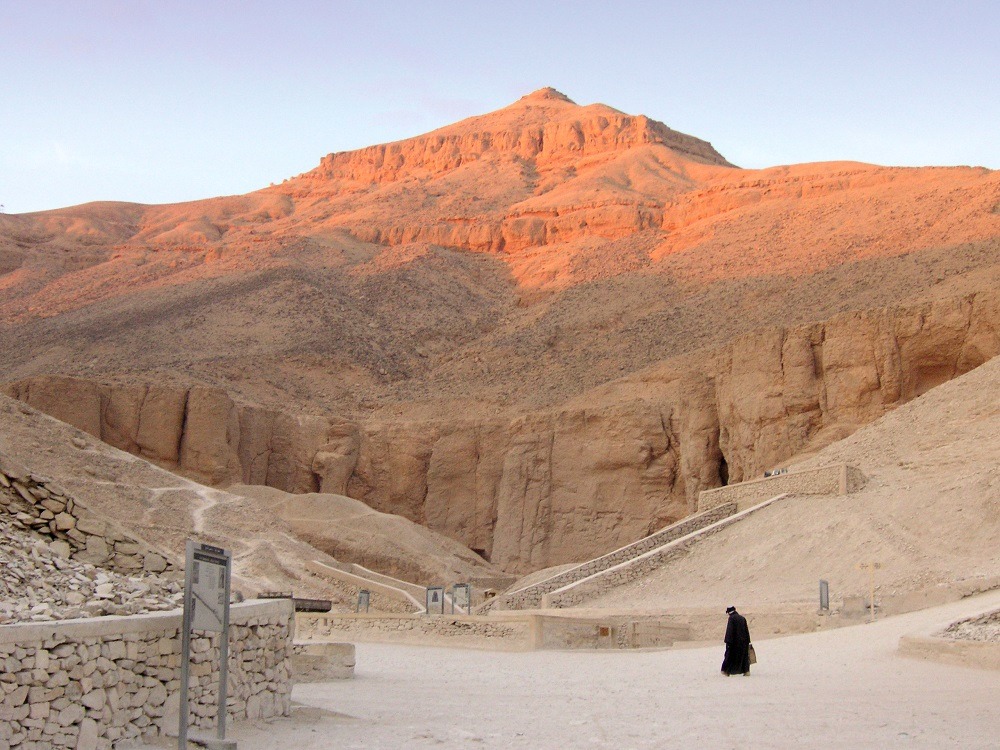
But that’s not happening – the peak temperature usually happens hours or days before the peak crack.
It’s leading them to think there’s other factors affecting it, such as rock temperature and humidity contributing to the erosion of the crack.
The understanding obtained will not only serve for the preservation of this historical site but could also be applied to the preservation of other heritage treasures.
Future of the IoT and Libelium
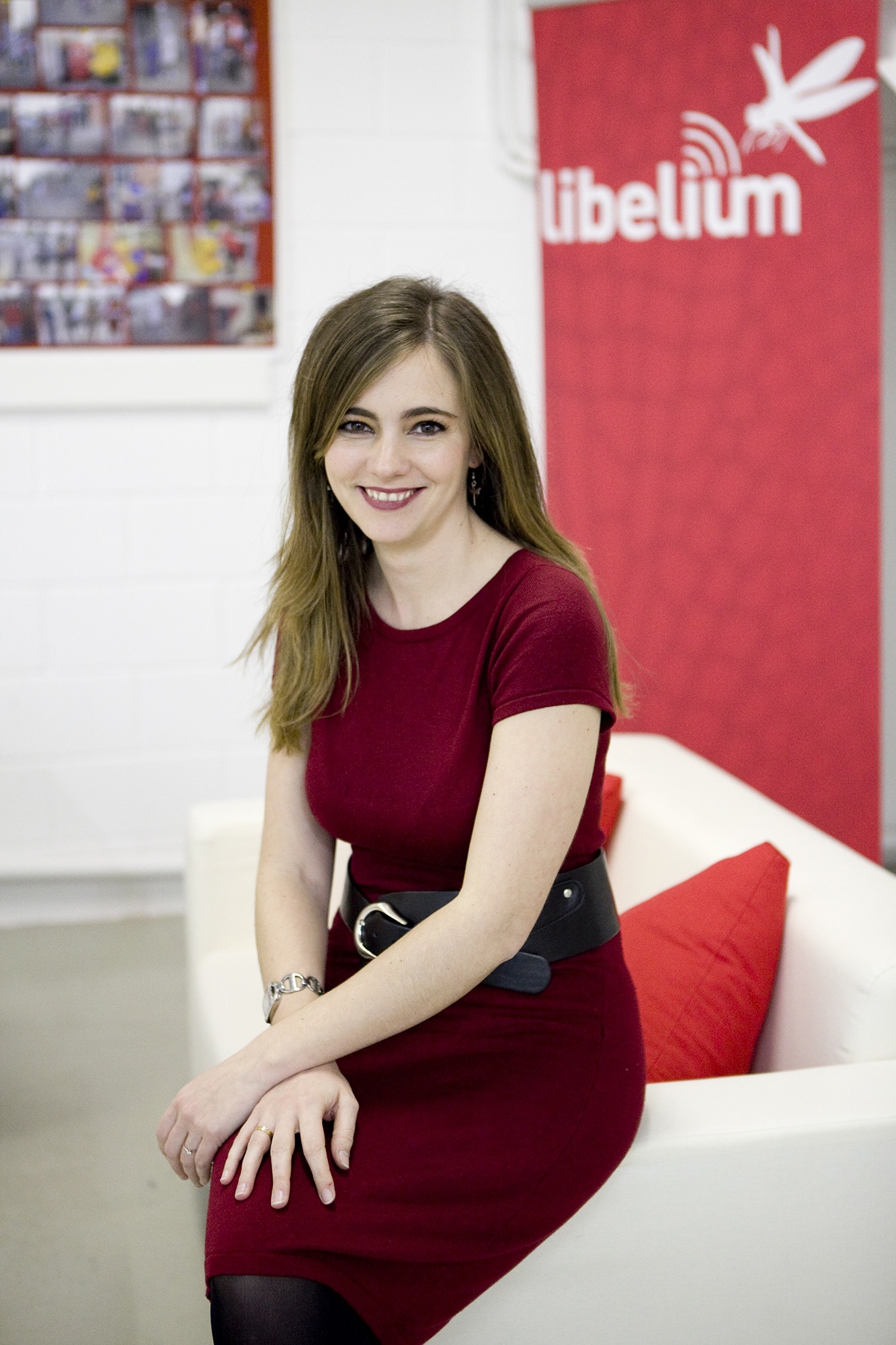
The IoT is evolving from being a point-of-care market to a project-driven one. To make that transition successful, it needs to fight against fragmentation in terms of connectivity and different cloud technologies, but also the lack of clear roles leading the IoT.
That’s why we’re trying to evolve our position of device vendors to include more professional and software services as well to make our customers make faster decisions.


